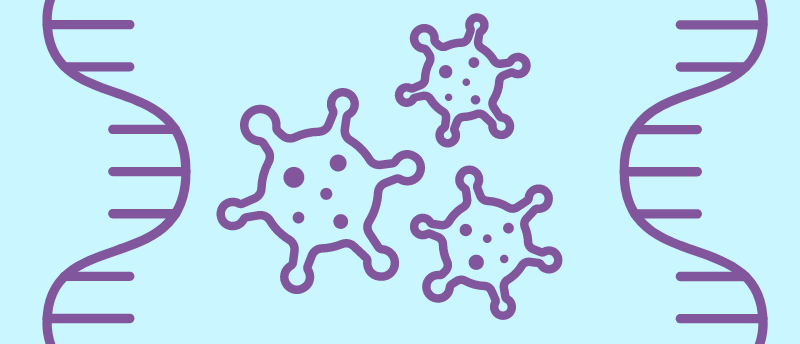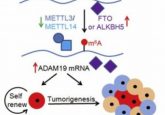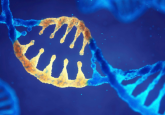tARC-Seq reveals mechanisms driving mutations in COVID-19

A new, less error-prone approach to sequencing Sars-CoV-2 genomes has revealed key information on factors responsible for the development of new COVID-19 variants.
Researchers at Baylor College of Medicine (TX, USA) have recently revealed key mechanisms that drive mutation in SarsCoV-2 and the development of COVID-19 variants. This was achieved through the development of a new sequencing technique, capable of reading viral genomes despite very low levels of RNA. It is hoped that the application of this technique and lessons regarding these key mutational mechanisms will improve the monitoring of COVID-19 variant mutation and evolution.
Replication of viral genomes inside host cells is a key step in viral proliferation and infection. Viruses with RNA genomes, instead of DNA ones, have a higher rate of error during replication and therefore increased levels of mutation. This mutation in SarsCoV-2 drives the development of new COVID-19 variants, that may be more capable of escaping established immune responses. However, understanding these mutations has been complicated by the low levels of virus inside cells from infected hosts. This means there are only small amounts of RNA to sequence and established methods can confuse errors that arise during sequencing with mutations present in the genome.
Researchers addressed this challenge through the introduction of targeted accurate RNA consensus sequencing (tARC-seq). This technique, which introduces hybrid capture technology to the previously established accurate RNA consensus sequencing (ARC-seq), is capable of effectively sequencing SarsCoV-2 genomes, even at the low levels present in infected cells. This means that viral genomes from clinical samples, as well as cultured cells, could be effectively sequenced.
 Can SARS-CoV-2 variants cause different long COVID symptoms?
Can SARS-CoV-2 variants cause different long COVID symptoms?
An observational study of long COVID patients in Italy revealed that different neurological and emotional symptoms were reported between people who contracted different strains of SARS-CoV-2.
The application of tARC-seq revealed several insights into the acquisition of mutations in SarsCoV-2 genomes. This included a calculation of the rate of mutation at 2.68 × 10-5 de novo errors for each replication cycle, as well as hot and cold spots for mutation along the genome. These hotspots included regions of the genome with both high and low GC density and certain sites that regulate transcription.
Template switching, in which an RNA polymerase enzyme producing a new viral genome switches from one genome copy to another, resulting in a hybrid copy with features from both, was also identified as a key mechanism driving SarsCoV-2 mutation.
A more intimate understanding of how these mutations arise should help provide a framework with which to more effectively track the development of new COVID-19 variants of concern. “Our new technology captures a snapshot of new mutations in clinical samples from individual patients and can be useful for monitoring viral evolution in the human population” elaborated Cristophe Herman, corresponding author on this study.





